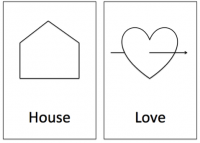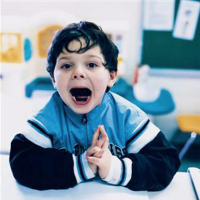
I was recently reminded of a client I worked with decades ago who taught me a very important lesson about therapy when I was a young therapist. I wanted to share his story. David David was 6;0 and non-verbal. He was a big clunky kid with fine and gross motor problems who was basically untestable, and everyone thought he had very low IQ. I was using Bliss Symbols with him (it was 1976) to develop a home-made communication board (before…

